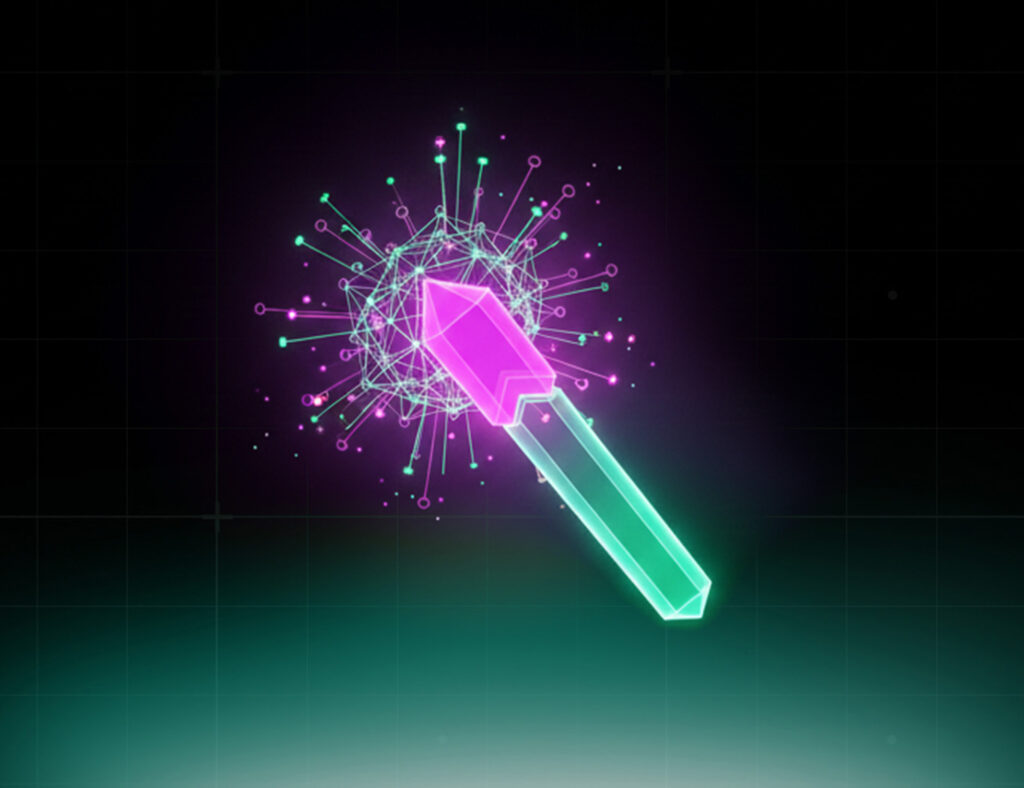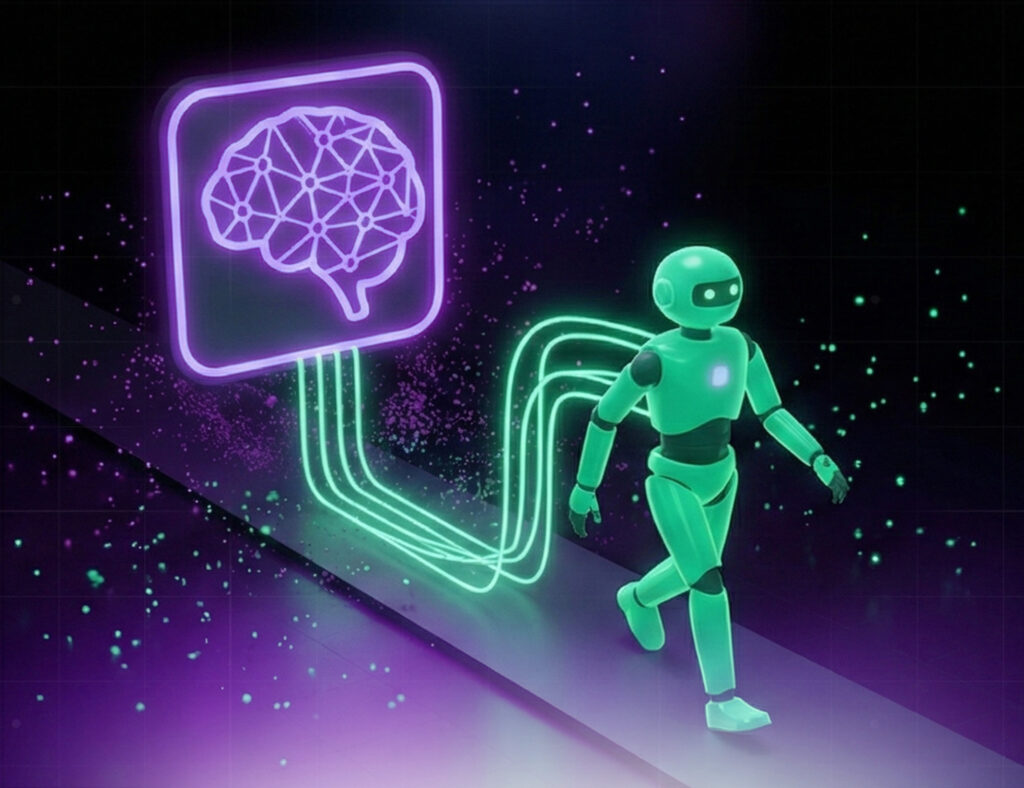In a year defined by rapid innovation and economic uncertainty, business and technology leaders are doubling down on technology investments that accelerate growth, strengthen operational resilience and modernize the enterprise. With markets shifting fast and customer expectations rising, organizations are prioritizing strategic technologies that deliver measurable value—not just incremental improvements.
Today’s top technology investments focus on three major goals: improving efficiency, enabling intelligent decision-making and building scalable digital foundations. CIOs, CTOs and operations leaders are rethinking how technology can drive competitiveness, and the result is a clear shift toward AI, automation, cloud modernization and integrated digital ecosystems.
These priorities align closely with the core transformation categories that modern organizations are adopting, including AI business transformation, smart development solutions and strategic innovation frameworks.
Below, we explore the key areas where leaders are putting their budgets, attention and strategic focus right now.
1. AI-Powered Automation and Intelligent Workflows
One of the most significant technology investments in 2025–2026 is AI-driven automation. Leaders are moving beyond traditional workflow automation and embracing intelligent systems that execute, analyze and optimize processes in real time.
Companies are deploying automation across customer service, supply chain, finance, HR and operations. The rise of AI-powered chat and voice bots is transforming how organizations interact with customers, improving responsiveness and reducing manual workloads. Meanwhile, intelligent workflow automation helps businesses eliminate inefficiencies, reduce operational costs and redirect resources toward strategic initiatives.
Leaders understand that the next wave of operational excellence will come from systems that integrate automation with analytics and decision-making unlocking both speed and intelligence.
2. Data Analytics and Real-Time Insights
Another top priority in technology investments is the ability to turn data into action. Leaders are aggressively investing in AI analytics, real-time dashboards and data-driven intelligence platforms.
Real-time visibility allows teams to respond faster to customer issues, identify operational bottlenecks, and forecast business needs with greater accuracy. These systems help organizations predict disruptions, understand performance patterns and make decisions grounded in actionable insights.
As data volume grows, leaders are shifting from static dashboards to dynamic, AI-enhanced analytics that continuously learn and adapt. This transition empowers teams across all departments—not just data scientists—to make informed decisions quickly.
3. Cloud Modernization and Scalable Infrastructure
Cloud modernization remains one of the most essential technology investments for organizations aiming to scale securely and efficiently. Legacy environments simply cannot support modern AI, automation and real-time data needs.
Leaders are prioritizing investments in cloud-native architectures, containerization, serverless computing and DevOps excellence to enable faster innovation cycles. Flexible, secure cloud infrastructures allow companies to scale workloads, reduce downtime and maintain the reliable performance customers expect.
Cloud modernization also plays a critical role in connecting systems and enabling enterprise-wide integration. With data, applications and workflows unified in the cloud, organizations become significantly more agile and resilient.
4. Smart Development Solutions and Integrated Digital Ecosystems
Technology leaders are increasingly focusing on building smart digital products—AI-enhanced mobile applications, responsive web platforms and intelligent APIs that support seamless integration across the enterprise.
This category of technology investments is critical for organizations looking to improve customer experience and operational efficiency simultaneously. Intelligent integrations allow systems to communicate, automate and share data without friction. By enabling consistent, scalable digital experiences, businesses can reduce complexity and expand their capabilities with fewer resources.
Leaders are also prioritizing API ecosystems that connect internal platforms with third-party services, fostering interoperability and unlocking new efficiencies across departments.
5. Strategic AI & Innovation Frameworks
While many executives are investing in AI tools, visionary leaders are investing in AI strategy—the frameworks that guide AI adoption across the enterprise. Strategic AI roadmaps, innovation labs and advisory support help organizations identify high-impact opportunities, reduce risks and scale successful initiatives. ()
These technology investments ensure that AI is not implemented as a series of disconnected projects, but as a coordinated transformation effort aligned with business objectives. Innovation accelerators, proof-of-concept labs and experimentation frameworks allow organizations to test emerging technologies quickly and safely.
This structured approach helps leaders adopt new technologies confidently while ensuring measurable value and sustainable competitive advantage.
6. Cybersecurity and Risk Reduction
As digital ecosystems expand, cybersecurity remains one of the most critical technology investments. Leaders are focusing on threat detection, identity management, zero-trust frameworks and secure cloud architectures.
Cybersecurity technology is no longer viewed as an IT expense, it’s a foundational part of business resilience, protecting customer trust, intellectual property and operational continuity. The rise of AI and automation also introduces new security considerations, making cybersecurity investment non-negotiable.
2025–2026: A Pivotal Moment for Technology Leaders
Right now, technology investments are shaping not just IT roadmaps but entire business strategies. The leaders who invest in AI, automation, cloud, intelligent development and strategic innovation will be the ones driving competitive advantage over the next decade.
These investments enable companies to operate smarter, move faster and prepare for a future where digital ecosystems, autonomous workflows and data-driven intelligence are central to business success.
The organizations that act decisively today will enter 2026 with stronger foundations, more adaptable operations and significantly greater customer value.
Connect with us today to design the right technology investments for your business. Let’s build a roadmap that accelerates growth, innovation and operational excellence.






